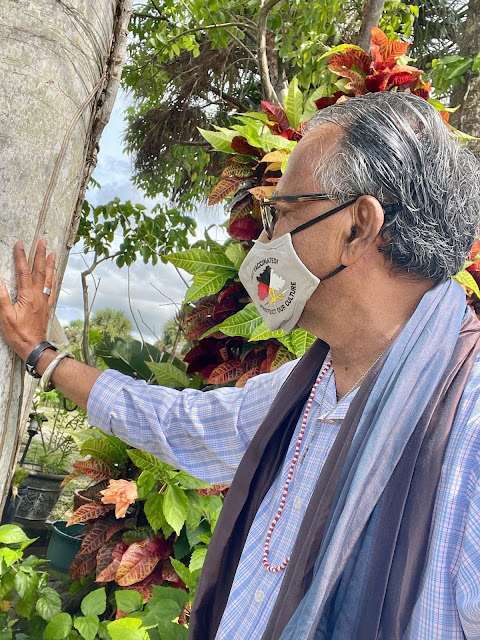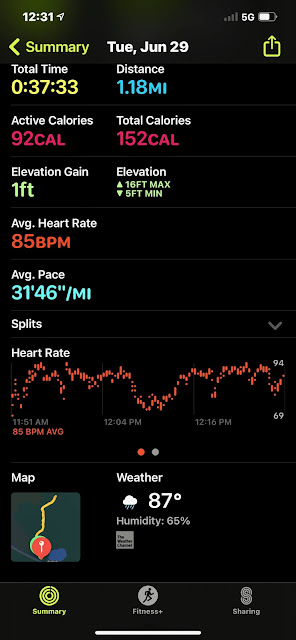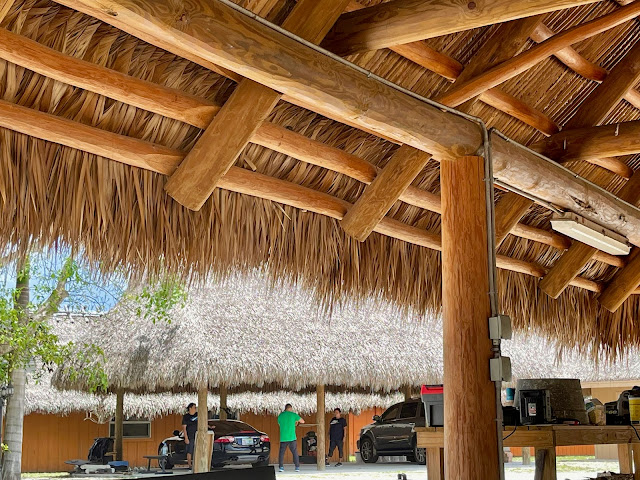I am not sure which one of my professors at the University of Melbourne teaching hospital told me: Choose a specialty that suits your personality. I had observed the various Internal Medicine specialties while I was a student in London, England and Miami, Florida and took note of the various restrictions the lack of time their specialty placed on their lifestyles.
It was Professor TJ Jack Martin who welcomed me into the world of Endocrinology, later Professor Richard Gordon.
As I rotated through various Specialties, I liked Cardiology, Gastroenterology, General Medicine, Rheumatology, Nephrology. I wanted a specialty where I would be allowed to think to solve a problem and make the diagnosis and I was not interested too much in the invasion of the body of the patient.
at the Jackson Memorial Hospital in Miami, I rounded up my education as an Endocrinologist under the watchful eyes of Drs. Reese, Fishman, Cleveland and a long list of mentors.
When I qualified as an Endocrinologist, it was time to go home to Australia.
A chance meeting (no such thing as chance really) with a traditional tribe of Indians of North America, took away from an academic career to the world of the Indigenous people.
What all I had learned through my medical education in London, Melbourne, Brisbane and Miami had not prepared me to deal successfully with the Indigenous peoples. Observing me working with the Lakota people of South Dakota, she suggested that the Medical Anthropology Programme at Brunel University of London would be so appropriate for my usefulness in the future.
I was back in London
Covid 19 sees me back in the Americas.
I spent this morning with a group of traditional Indians, learning while providing some medical care. I am the one who is richer by the contact.
We sat down around a table in the traditional hut and i checked their BP and Blood Sugar and also checked them for any cause of discomfort or anxiety, and answered their questions.
For the Indigenous people, what one has to get across, without words, is that you care for them genuinely and that their health is a common project: It will be cruel to tell them, Eat well, Exercise.
One of them was proud to show me his Blood Sugar readings for the past two weeks. Quite a good result, indeed.
I was traveling with a man beyond his age in traditional knowledge and also was going to help me get across health information, couched in terms and words, that make sense to his people.
The medicine man said: we are supposed to be in touch, literally, with the earth that we stand upon and also all others that share that earth, such as trees.
He said something very interesting. It is so important for us to touch the leaves and talk to the trees. He said, the trees and leaves like it and they would inform their neighbours that here is a good man and we must look after him. Normally when I am here I pray for three people, one in Brasil, one in Cuba and the other in France. But today, i concentrated on just one person, while i was talking to the palm tree. Royal Palm also represents the Spirit Xango for the Cubans in the Island.
On my way over to the Parque National,I was listening to the BBC World Service. It has a long section on Bears, their conflicts with humans and what to do when you do come across a bear on your path: Dont Run, stay still, if you have a claxton, which we carried, sound it, and the bear will avoid you. Believe it or not, they do not want to know you...what have we done for them?
A vulture was drying his wings high up in the tree. Vultures dont elicit the revulsion it does among the settler people. For the Indians, Vultures are seen as helpers as they tried to shield the Indians from the Sun when it was descending and thus lost all the hair in the head and neck.
I went counter clockwise around this tree and touched its trunk. Thus introducing myself.
While they look like stumps, they are extremely hard and damaging to your body if you are not careful.
After a walk, we came across a large natural pond, surrounded by vegetations native to this area. The elephant ear looking leaves are called Alligator Flags.
I had "befriended" some alligators in this area before, and had named them Francois the gentle one and Napoleão the fierce one. I called out BonJour and no one answered and I dared not say Bom Dia, afraid that the fierce and nasty Napoleão might be around
The health of the medicine people also matter, so in the company of the Indians we walked and chatted while observing the flora of the region. and not to forget insects such as Water bugs.
I had spoken far too soon, a movement in the water raised our alertness and who should appear, none other than the fierce, wicked, evil Napoleão!
Not knowing his intentions, we skirted around him, giving him wide berth, and went back to the camp.
We had spent a pleasant 37 minutes walking at the edge of the hammock, looking at something which must have been here for centuries.
The people in this camp are health conscious and it was a pleasure to talk to them about Food, activity couched in cultural idiom.
All of us felt good, the medicine man, me, the family at the camp. Later one of them wrote to me and said: I had a good day.
Satisfying work day for an Endocrinologist.
It was raining cats and dogs and when i got back to where I was staying, i had to wait out the pouring rain, but was good to watch the batch of 8 ducklings I have been following on a daily basis .. They were so happy to waddle in the rain water..




















